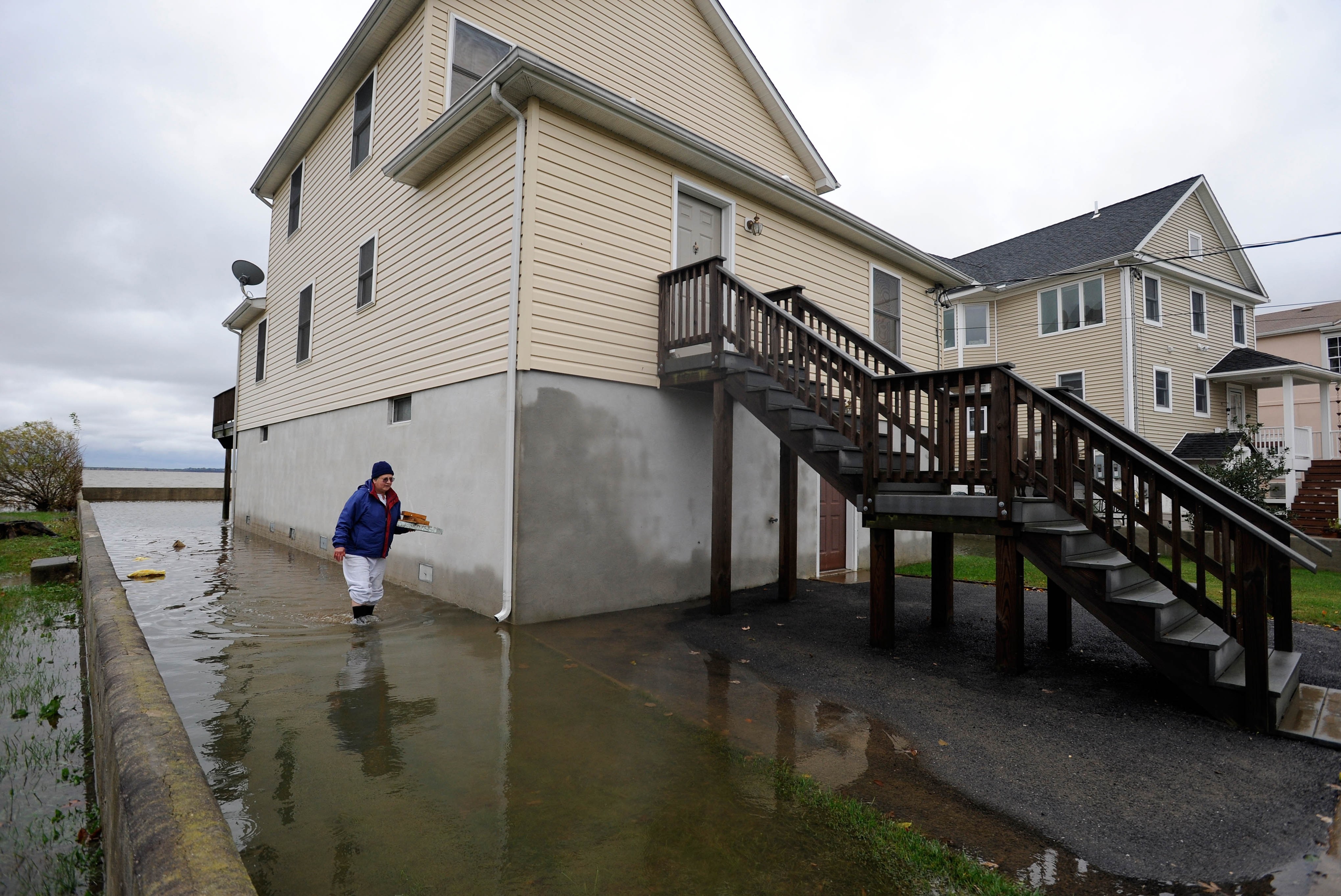Sprint and T-Mobile want to turn the big four in America’s wireless market into the big three, merging into a “New T-Mobile.” The two telecom giants tried to pull off the same move in 2014, until regulators made it clear the deal would be blocked to avoid further consolidation in an already heavily concentrated market.
Sensing a Trump-selected Federal Communications Commission Chair would be more open to creating corporate behemoths, and with the threat of “falling behind” on 5G wireless technology in hand, the two firms are taking another crack at the deal. A decision from the FCC is expected sometime this year. (In an attempt to ensure a better result this time, T-Mobile has taken to spending a lot of money at the Trump hotel in D.C.)
The average American is at no less risk from the merger this time around, but if it’s approved the fallout will hit low-income Americans especially hard.
In the words of the economists hired by T-Mobile and Sprint to defend the merger, low-income individuals “more heavily rely on their smartphone for their communications and media consumption,” and therefore will have little choice but to swallow any price increases following the merger. Commenting on the potential impact on low-income individuals at a recent hearing, Phillip Berenbroick of Public Knowledge said the combined firm “will have the power and incentives to raise prices on consumers who are reliant on that connection and have nowhere else to go.”
Get Talk Poverty In Your Inbox
This is especially concerning given T-Mobile and Sprint’s customers are more likely to be black, Hispanic, and low-income when compared to AT&T or Verizon. In a sense, T-Mobile’s economists were saying the quiet part loud: the “New T-Mobile” would have the ability to raise prices, and knows that they have a vulnerable group of consumers who would be forced to absorb those increases.
Almost all mergers come with worries about whether the merged corporation will increase prices — a concern that is increasingly supported by empirical analysis. Fewer competitors means consumers have fewer alternatives when their provider decides to throw an extra zero on the end of their bill. What’s more, competitors in concentrated markets tend to get cozier with each other, and thus less likely to compete on price in the first place.
Evidence from Austria, the Netherlands and Canada show that the move from four to three firms in the wireless space can lead to drastically higher prices. In Austria, smartphone consumers saw their phone bills rise 50 to 90 percent following the 2012 “four-to-three” merger of H3G Austria and Orange Austria.
The thrust of T-Mobile and Sprint’s argument for the merger is that less is more: They claim that the number of choices for a wireless provider isn’t going down from four to three, but actually going up from two to three. In their telling, T-Mobile and Sprint are the underdogs up against Verizon and AT&T, which hold a combined 70 percent of the wireless market.
But there is a real threat of reduced choice and increased prices that low-income Americans would disproportionately bear.
Although they are smaller players in the overall wireless market, T-Mobile and Sprint play an outsized role in the way many low-income Americans access telecommunications services. The combined firm would hold a 59 percent share of the prepaid wireless market, comprised mainly of low-income Americans unable to qualify for the credit checks required for postpaid plans. This kind of market share would reduce competitive options for the 97 million consumers who depend on prepaid plans and give the “New T-Mobile” immense power in setting prices across the market.
There is currently vigorous price competition for prepaid customers between T-Mobile and Sprint, which would evaporate as soon as the merger was approved. In evaluating the potential harms of the merger, economists submitting comments to the Federal Communications Commission estimated “New T-Mobile” could raise prepaid prices by as much as 15 percent.
Beyond their reliance on prepaid wireless plans, low-income individuals are also more likely to rely solely on wireless service for internet. T-Mobile’s hired economists noted that “consumers with higher incomes may be more likely to offload to wi-fi or to consume media … through a broadband connection,” but low-income consumers are more likely to be “cord-cutters,” who are unable to afford multiple modes of connectivity. In 2018, Pew research found that low-income Americans were three times as likely as high-income Americans to own a smartphone while having no home internet connection.
This suggests that while higher-income consumers would be able to shift the type of internet they are using if prices rise, low-income consumers will not have the same option.
The merger is also a threat to the Lifeline Program, which provides access to phone service for nearly 13-million low-income households. Originally introduced in 1985, Lifeline was dramatically expanded and updated during the Obama administration to reflect the importance of wireless connectivity for low-income households. Crucially, Lifeline depends on the willingness of participating carriers to offer the discounted service, which is subsidized by telecom user fees.
As it stands, Sprint is one of the only remaining widespread wireless providers for Lifeline; T-Mobile only offers the program in nine states and Puerto Rico. If the combined entity decides to follow T-Mobile’s lead in its approach to the program, its availability and relevance to low-income Americans could be seriously compromised.
Despite claims to the contrary, the proposed merger of T-Mobile and Sprint has no less potential to be damaging to American consumers than in 2014, when regulators made it clear that such a deal would not be allowed. Evidence suggests a wireless telecommunications market comprised of three giants would be disastrous for low-income consumers at a time when wireless connectivity is increasingly critical for everyday life. An increased phone bill is not simply an inconvenience, but a major barrier to their ability to connect with the world.










